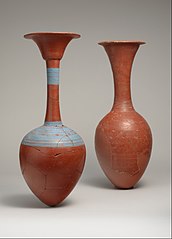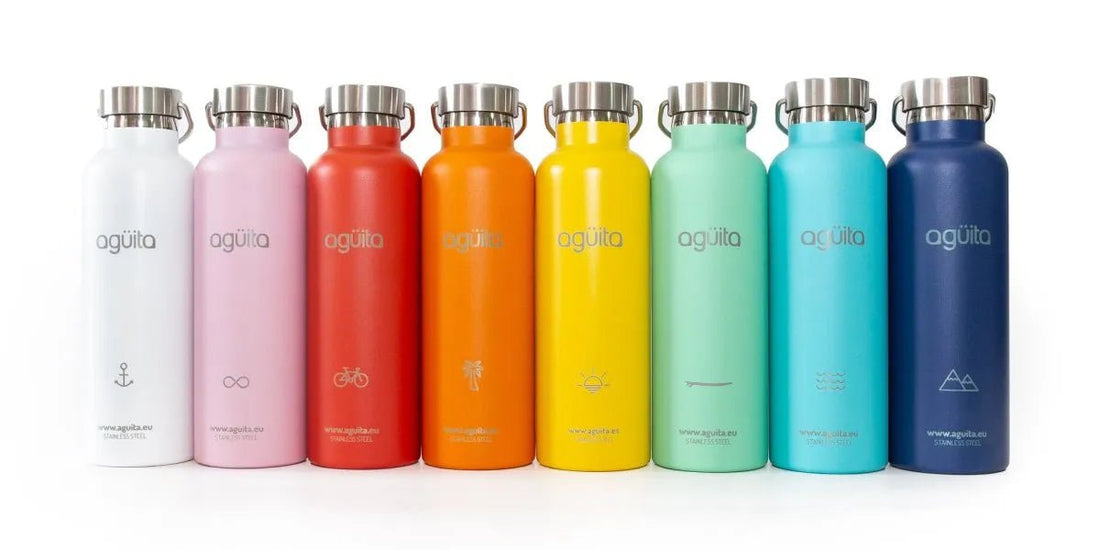What You'll Learn
- The Origins of Water Containers
- Bottling Water: A European Affair
- The Birth of Carbonation
- Plastic Takes Over
- The Modern Era: Sustainability & Trends
- The Evolution of Water Bottles in Europe

The Origins of Water Containers
You might think water bottles are a modern invention. Nope! The history of carrying water goes way back. Think ancient civilizations, where vessels like animal skins and clay pots were the go-to.
Ancient Water Containers Over Time

List of Ancient Water Containers:
- Animal Skins: Prehistoric times called for ingenuity. Animal skins were cured and used as pouches.
- Clay Pots: Mostly in use around Mesopotamia, they were a bit bulky but did the job.
- Gourds: Nature’s own water bottle. Light, natural, but not too durable.
- Bamboo: Used in Asia, these were the eco-friendly bottles of ancient times.
- Glass Vials: Used by the Romans and Egyptians, but too fragile for long journeys.

Bottling Water: A European Affair
Fast forward to 1622. The UK steals the spotlight with the first water bottling at Holy Well. Why? Spa-going and water therapy became all the rage in 17th and 18th-century Europe. "Bristol Water," anyone? It was one of the first bottled waters to be marketed far and wide. Talk about being ahead of the trend!
Bottling Milestones Timeline

Fun Fact: European exploration led to the discovery of natural springs around the world. Cue the 18th century, and suddenly, water from various regions gained a health halo!
The Birth of Carbonation
1783 was a game-changer. Johann Jacob Schweppe brings in carbonated water from Switzerland. Ever heard of Schweppes? Yep, same guy. This fizzy invention was the start of a whole new bubbly world!
Plastic Takes Over
Enter 1973. DuPont engineer Nathaniel Wyeth patents PET bottles. What's PET? Polyethylene terephthalate. Mouthful, huh? These bottles could handle the pressure of carbonated drinks. Plastic became king, but not without its drawbacks.
Plastic Milestones: A Graph

Data Snapshot
- Leading market for bottled water in Europe in 2019: Italy
- EU's recycling target for plastic packaging by 2025: 50%
- Recycling rate of PET bottles in Europe in 2020: 50%
The Modern Era: Sustainability & Trends
Fast forward to now. Plastic is a problem. But guess what? We're getting smarter about it. The EU is setting big targets for plastic recycling. And more people are turning to sustainable options, like stainless steel and plant-based plastics. Want to know more about eco-friendly drinkware? Check out our guide on sustainable drinkware.
Sustainable Alternatives: A Graph

List of Sustainable Alternatives:
- Glass: Classy and infinitely recyclable.
- Stainless Steel: Durable, customizable, and oh-so-chic. Our personalization options are a must-see!
- Plant-Based Plastics: Innovative but still in the early stages.
The Evolution of Water Bottles in Europe
Europe is a trendsetter in the water bottle world. From the early days of spa water to the modern focus on sustainability, it’s been a wild ride. And the market? Growing like crazy! Expected to hit around EUR 82.6 billion by 2028.


